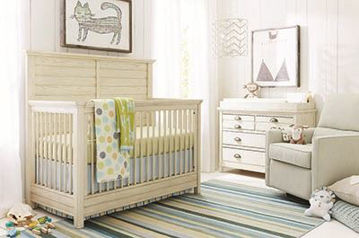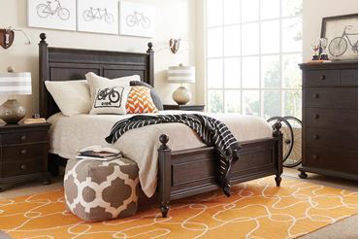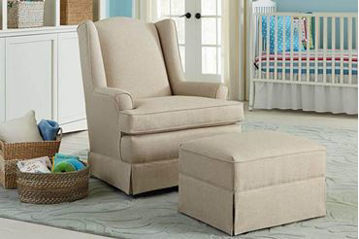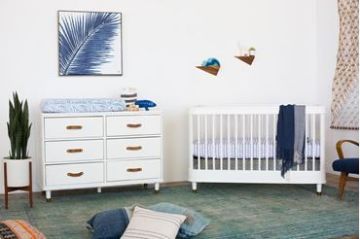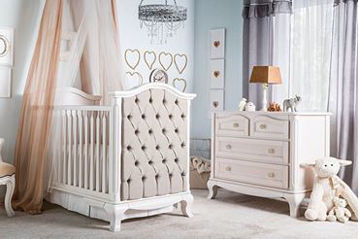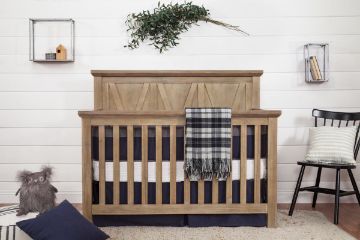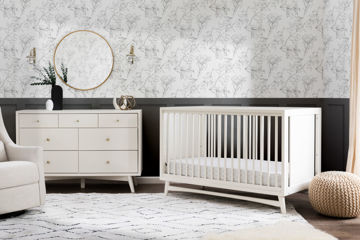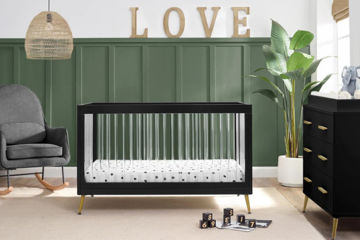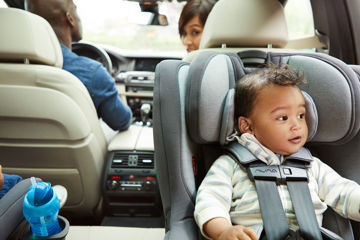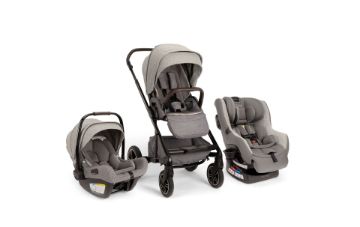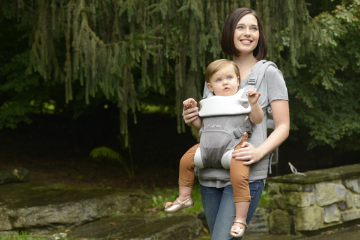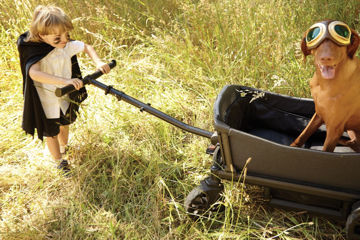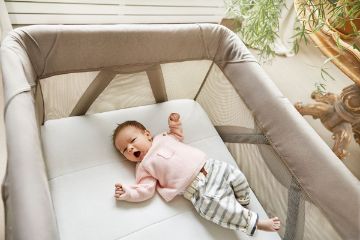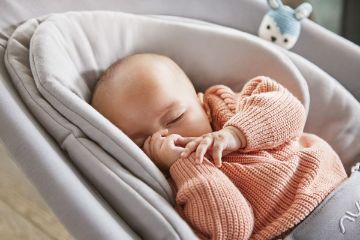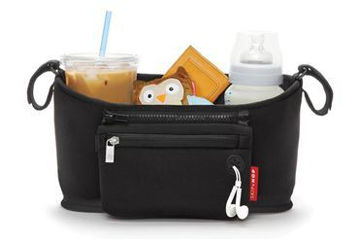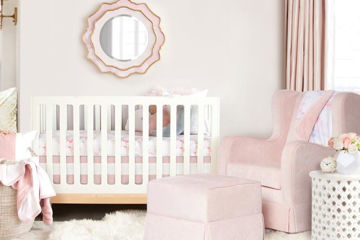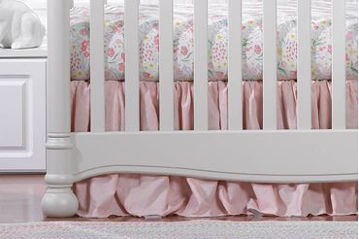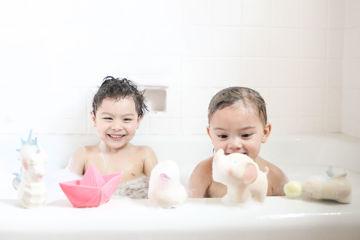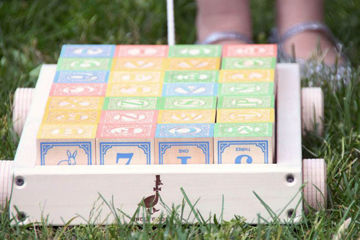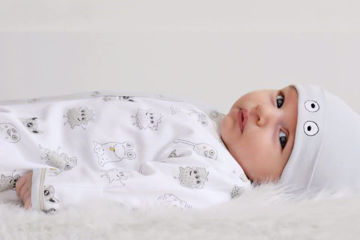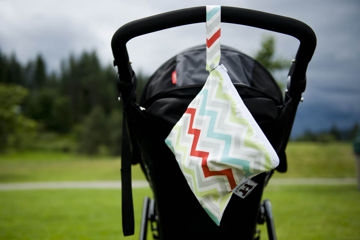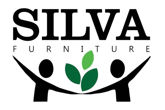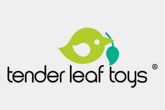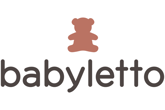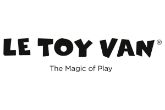Parents today are faced with a myriad of suggestions and proclamations. So many, in fact, most are petrified to make any decisions. Friends, family, co-workers, pediatricians, gynecologists, websites, facebook, twitter, google search, pinterest, television news, television in general…. the list of people making suggestions about how you raise your baby is ENDLESS. So we want to tackle this head on in a concise and clear manner.
What is “Safe-Sleep”
Safe-Sleep is terminology developed by health and safety agencies to address the concerns over the incidence of SIDS (Sudden Infant Death Syndrome) and the other child deaths related to sleep situations. The goal of these organizations is to help reduce these deaths by creating a dialog with parents about best practices. It is a huge endeavor and has elicited response from everyone in recent years, including the National Institutes of Health, Consumer Product Safety Commission, MULTIPLE non-profit organizations geared to child health, and a whole bunch of others who have some type of vested interest in the outcome (these tend to be product manufactures that are trying to sell something or sometimes trying to keep you from buying something). The reality is that the message is getting convoluted and hard to understand. Unfortunately in this day and age, people want a simple solution and latch onto a solitary item that might cause or might protect a child from these horrible outcomes. The reality is that protecting your child is actually a continuum of behaviors, any single one not sufficient, but taken in concert can help you avoid a potentially horrible outcome.
SUID vs SIDS
SUID (Sudden Unexpected Infant Death) is relatively new terminology. In the last couple of decades investigators into an infant’s death were noticing that what had been termed SIDS (Sudden Infant Death Syndrome – typically unexplained death of an infant under the age of 1) were often cases that could be explained by some other factors. Closer investigations found that the cause of death of many of the children could in fact be determined to be other than “unexplained” . It looks like only about 1/2 of the unexpected deaths are actually SIDS (un-explainable) and the balance are related to suffocation or strangulation in bed. (see Centers for Disease Control article on SUID). Suffocation and strangulation can be prevented and this is where “Safe-Sleep” really comes into play.
So there are two things at play with safe sleep.
- Things that contribute to Suffocation and Strangulation
- Things that contribute to SIDS
Suffocation and Strangulation
One of the biggest culprits in these deaths is the improper environment. ‘Bed-Sharing’, where the baby is actually in the same bed without a barrier from the parent, is considered one of the most dangerous sleeping environments. Many people misunderstand the terminology around this. “Co-Sleeping” – where the child sleeps in close proximity to the parent is touted as a robust way to bond with and administer attention to a young infant. It (Co-Sleeping) is recommended by a myriad of professionals as a great parenting approach. Unfortunately, many people misunderstand that the approach is not intended to be a ‘bed-sharing’ approach. ‘Bed-Sharing’ puts the infant at risk for suffocation from the parent or in the parent’s bedding, where co-sleeping in an appropriate separate environment that protects the child. Additionally, it is thought that those cute naps where the baby is sleeping on mom or dad’s chest on the sofa could be extremely dangerous. A sleeping parent can in NO WAY monitor a child, and a child can easily slip into a precarious position between a parent and a cushion. Basically it comes down to keeping the sleeping child in a safe environment of their own!
Strangulation can occur in situations where clothing, blankets, toys or other objects obstruct the child’s breathing passage. Recent (2010) federal legislation addressed the construction of cribs to prevent strangulation of infants due poor construction methods that could result in child entrapment and strangulation within the crib. Additional federal measures like recall of certain sleep positioners, changes to bouncers and swings and other products is helping to reduce the likelihood of strangulation deaths. What is left for the parent is to be sure clothing and other objects in the sleeping environment do not create a risk.
SIDS reduction
This is an area of heated debate and much research. In the past two years I have seen multiple targets of the cause of SIDS:
- premature birth
- exposure to drugs and or alcohol in-utero
- low birth weight
- serotonin levels
- exposure to second hand smoke
- cardio-vascular problems
- infection
- brain anatomy and other genetic factors
- lack of breastfeeding
- AND MORE
Since there are so many ‘possible’ causes, many of which are still being investigated and many are not preventable, what is a parent to do?
The “Safe-Sleep Approach”
So since safe sleep is actually trying to get at both the ‘possible causes’ of SIDS as well as address the causes of strangulation and suffocation found in many of the SUID cases the approach seems cumbersome and exhausting to parents. Many of the approaches are not about ‘buying’ something and are all about behavior so this isn’t always an easy task, because it is a daily ritual and not a purchase at your local store. So HERE GOES:
- Purchase or use a CPSC certified crib (those manufactured after 2010) that has gone through federal testing and certification process. All cribs sold on the open market should meet this criteria at this point. Retailers and Manufactures in violation of this are subject to enormous federal penalty and are very unlikely to be selling anything but certified cribs.
- Use a firm and supportive crib mattress.
- DO NOT BED SHARE (co-sleep/room share in an appropriate environment for the infant and not in YOUR bed without a barrier between you and your child)
- Be diligent about not allowing the child to sleep in alternative environments (napping with mom or dad in the recliner or on the sofa…etc)
- Do your best to Breastfeed
- Do NOT smoke around child, Do not drink or smoke or do drugs while pregnant
- Place child to sleep on their back
- Use wearable blankets (swaddle, Halo SleepSack™, infant sleeping bag, etc) rather than loose clothing or blankets
- Remove pillows, blankets, toys and other soft products from the crib. Don’t use sleep positioners.
- Use a pacifier when you put your child to bed (this is a weird one but recent studies have found that this is protective against sleep related deaths through an unknown mechanism) Even if the pacifier falls out during the night it is still protective
- Monitor the room temperature (neither too hot or too cool) There are great products out there to address the temp of the room.
Actually this all looks pretty simple. For more detailed information and some resources, we recommend the National Institute of Child Health and Human Development
* a note about monitors: although everyone is looking for the perfect single step solution, monitors are not it. Monitors are great to help alleviate parental worry and could be helpful in identifying a potential incident, but should not be used as a replacement for all of the above behaviors. Many people feel that if they use a monitor they won’t have to worry about the rest, in actuality, you should do all of the above and use a monitor as an additional tool.


